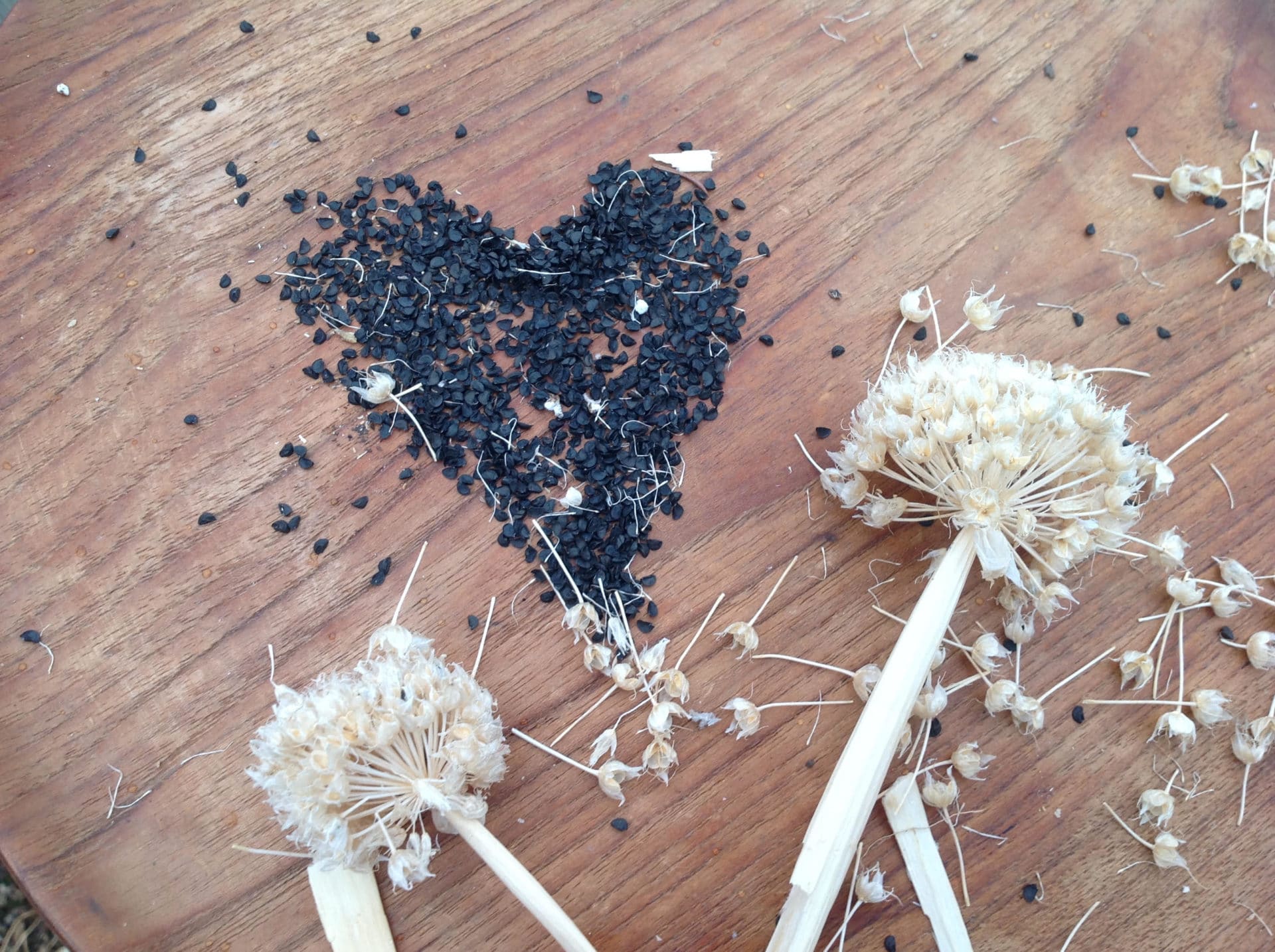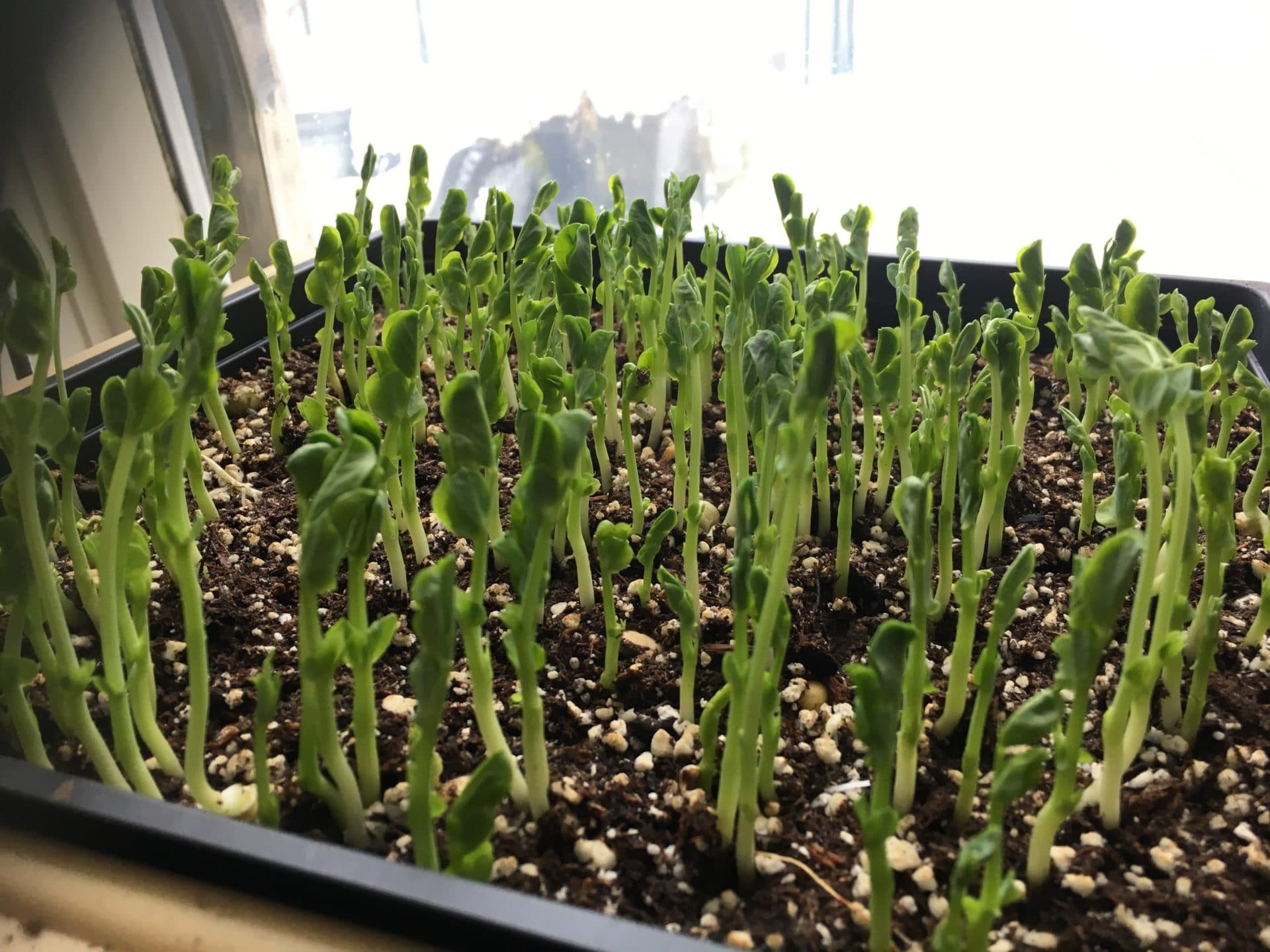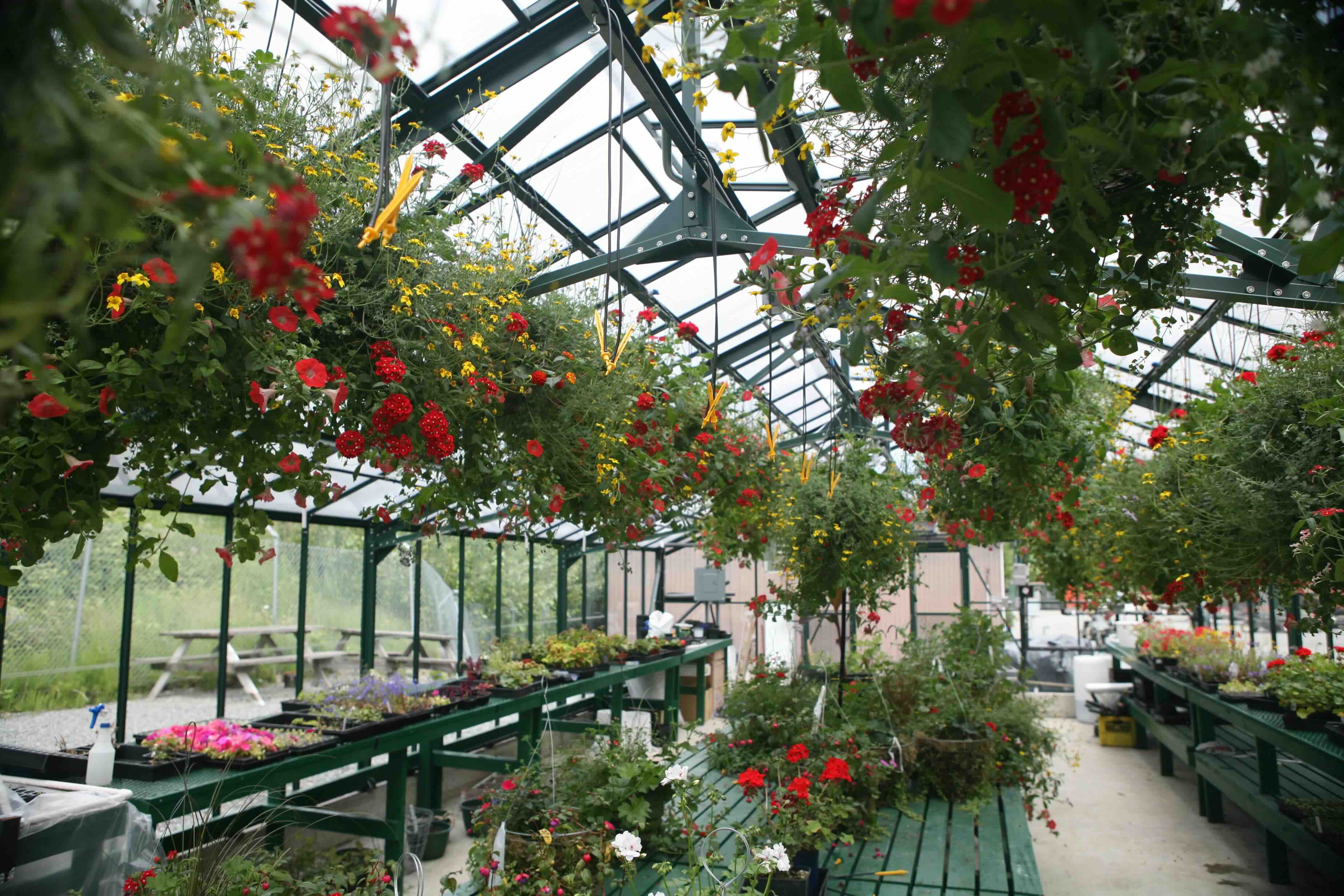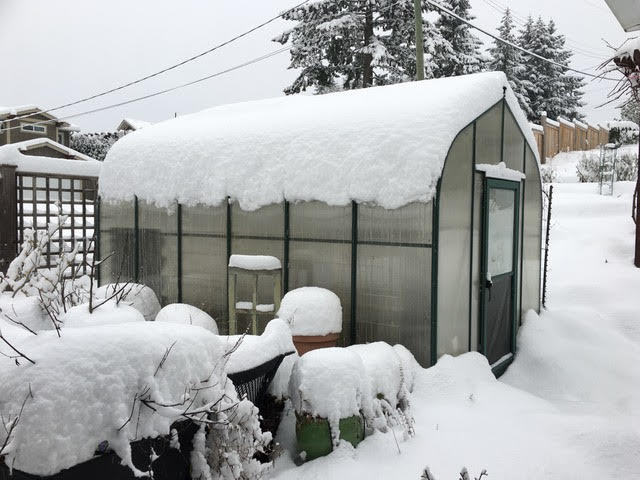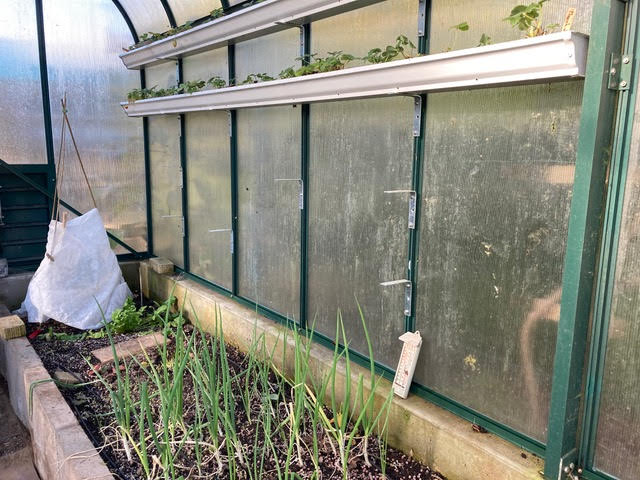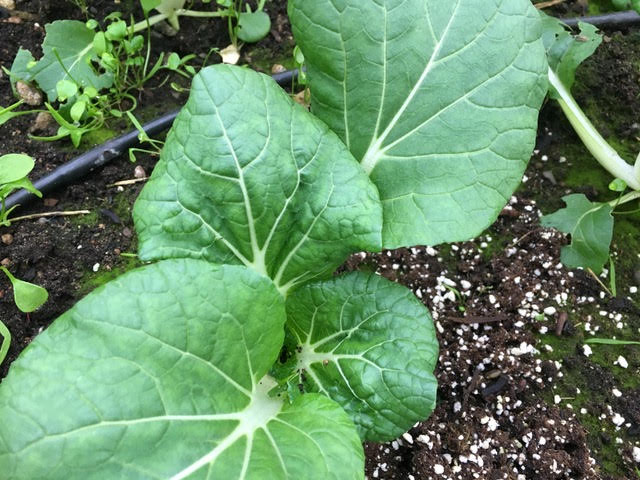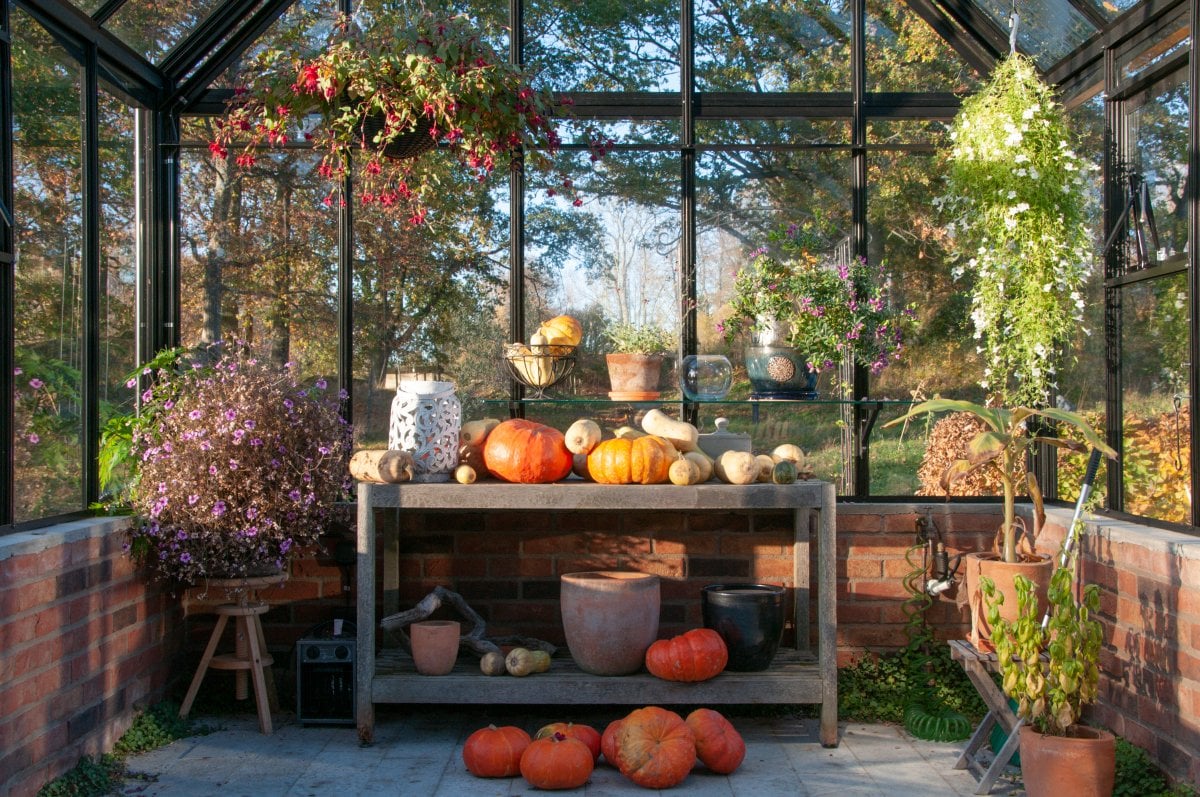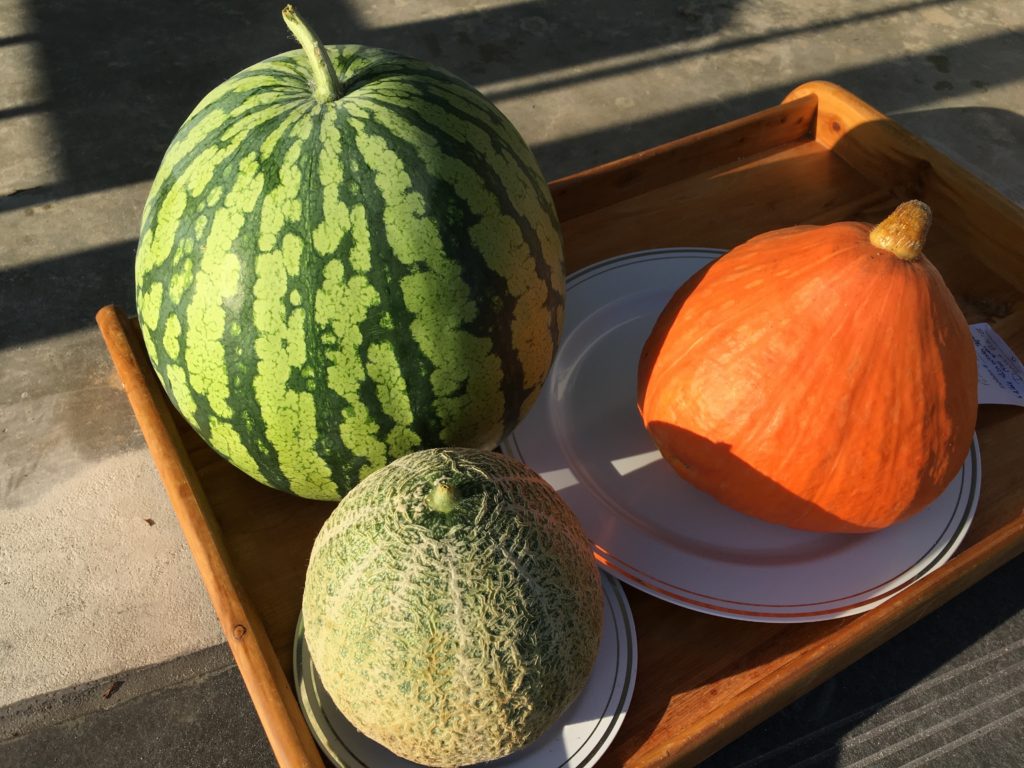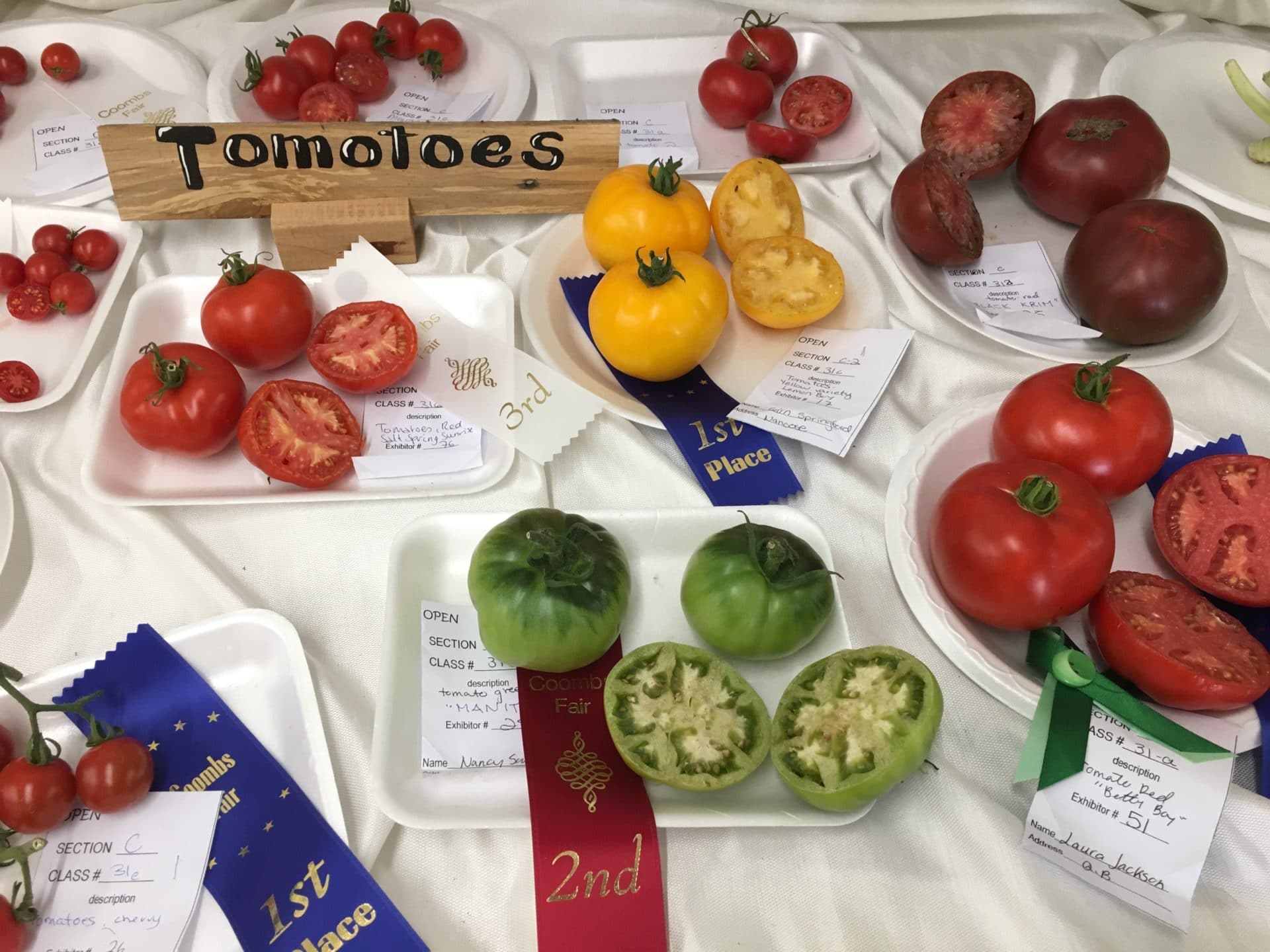What Are the Secrets to Testing Old Seeds and Growing Golden Sesame Seeds?
Quick Answer:
What Are the Secrets to Testing Old Seeds and Growing Golden Sesame Seeds?
To test if old seeds are viable, place ten seeds on a moist paper towel in a ziplock bag and check for sprouting within a few days—this simple germination test helps gardeners save money and plan better. Golden sesame thrives in heat and drought, making it an ideal crop to start in a greenhouse and transplant outdoors for a high-yield harvest. Open-pollinated sesame allows for seed saving, extending your harvests year after year while maximizing greenhouse potential in any season.
A new crop, discovered in a seed catalogue last year, piqued my growing interest. I grow lots of vegetables but growing Sesame seeds didn’t occur to me until I saw them listed. I'm excited to try something new I ordered it right away.

